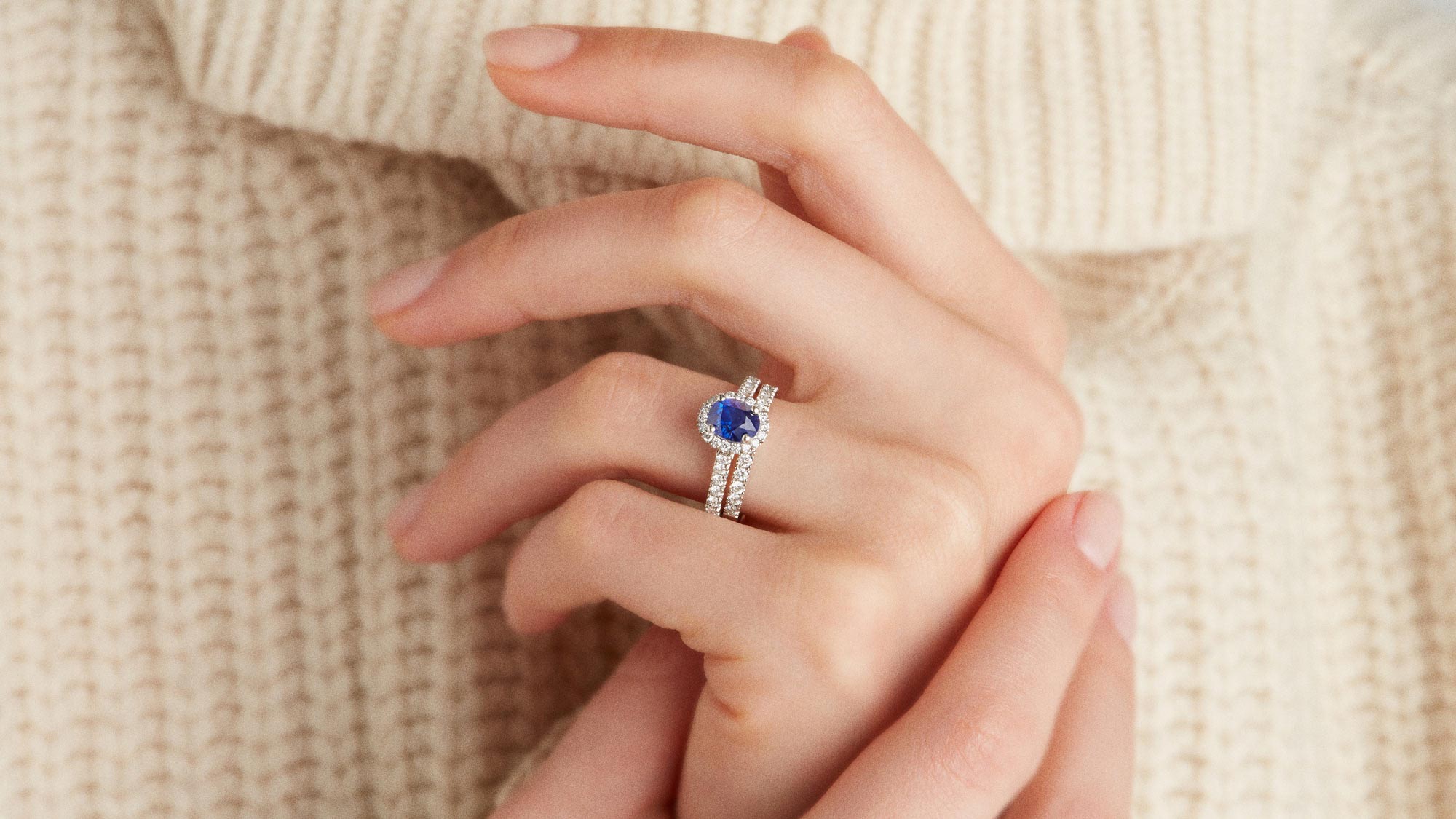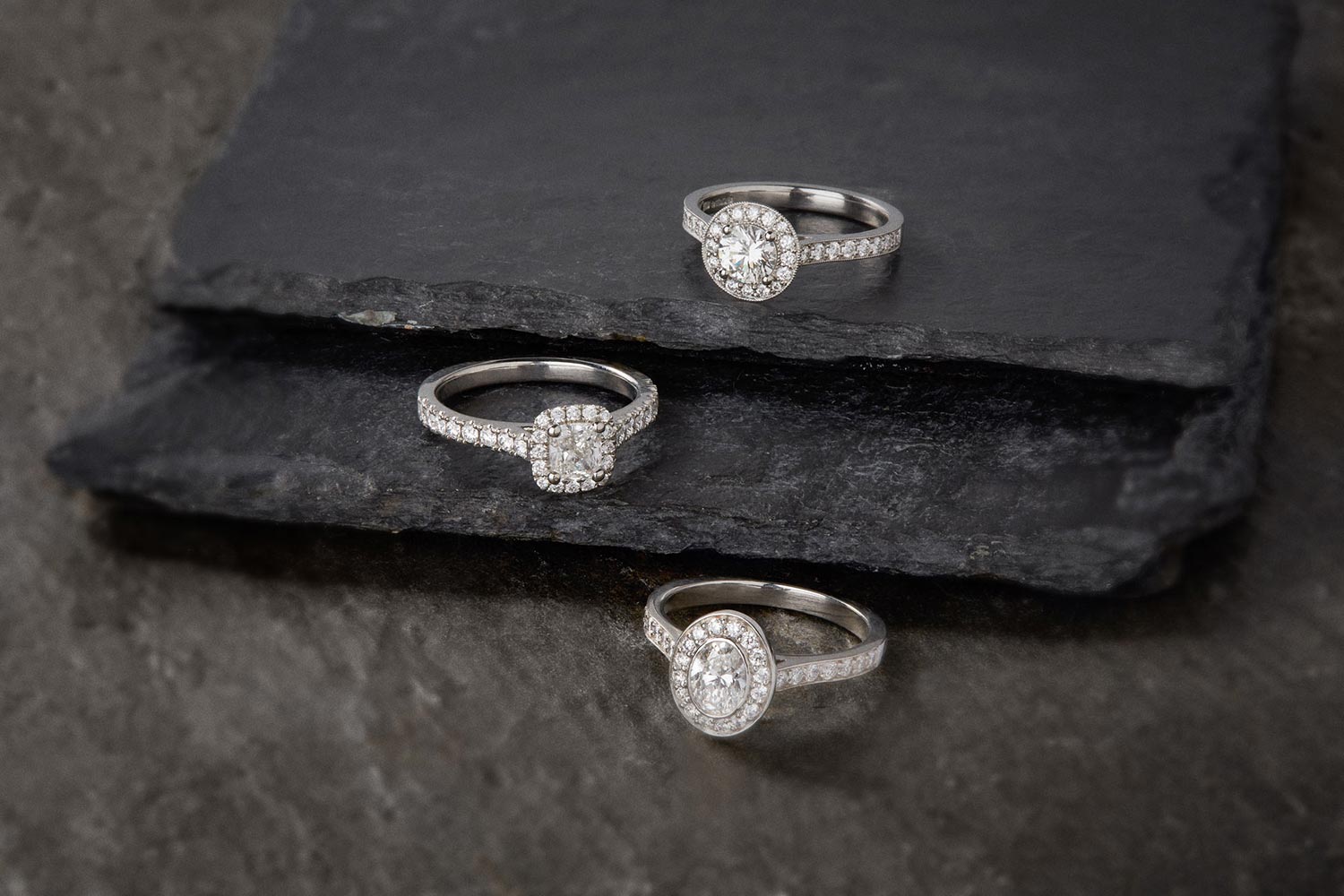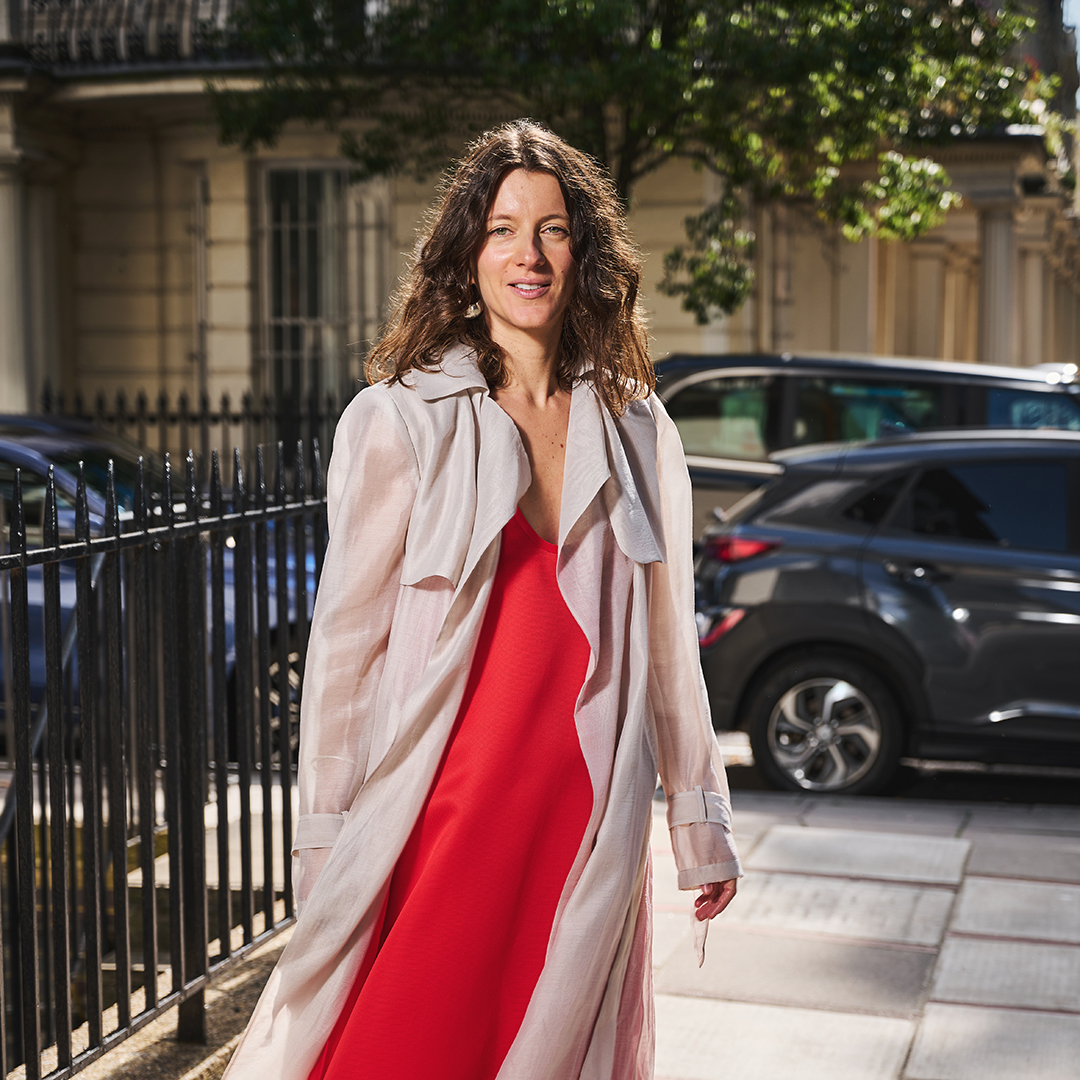The questions to ask if you're shopping for ethical engagement rings


We're becoming more clued up on how to apply sustainability and ethics to all aspects of our life, from our beauty routine to our wardrobe, and even weddings. So it's not surprising that more and more significant others are looking for more a ethical way to propose.
David Rhode, director of ethical fine jewellery brand Ingle & Rhode, says he's seen a big demand for ethical diamonds in recent years. 'According to a recent YouGov survey we ran, 50% of millennials think it’s important for an engagement ring to be made ethically, with 9% citing ethical sourcing as their number one factor in choosing a ring,' he says.
But how you make sure your ring is ethically made? Here are the questions you need to ask, according to David.
Ethical engagement rings: the 5 questions you need to ask
1. Is the stone conflict-free? Many jewellers will tell you that their diamonds are “Kimberley-certified” and are therefore conflict-free - but this is not enough. The Kimberley Process Certification Scheme (KPCS) was introduced in 2002 in an attempt to eliminate the trade in conflict diamonds; however diamonds produced in conflict zones are still being smuggled to KPCS regions to be certified. The problem is therefore far from eradicated, and blood diamonds from places like eastern DRC and Zimbabwe are still on the market.
If your jeweller cannot trace a precious stone back to its source, you cannot be certain that it is conflict-free. Kimberley Process Certification is not enough.
2. Can my jeweller tell me exactly where this stone was produced? If your jeweller cannot trace a precious stone back to its exact source, you cannot be certain that it hasn’t been smuggled from a conflict zone, so you should steer clear. For example, Ingle & Rhode’s diamonds come only from the Ekati and Diavik mines in Canada where they are mined, cut and polished with due care for the environment and human rights. Many of the larger stones are even engraved. They are all traceable and 100% conflict-free.

3. Where has this diamond been cut and polished? Despite being conflict-free, many diamonds and other precious stones are still cut and polished in sweatshop conditions, often by children, for well below the minimum wage. Make sure your jeweller knows your stone’s source, so that you can be sure it has been cut and polished according to strict guidelines.
Celebrity news, beauty, fashion advice, and fascinating features, delivered straight to your inbox!
4. Is the metal either Fairtrade or recycled platinum? Ask your jeweller if they source certified Fairtrade gold. Workers in Fairtrade certified gold mines receive a guaranteed Fairtrade Minimum Price for their gold as well as a Premium to spend on improving their businesses or on community projects, such as education, clean water and healthcare.
If you’re looking for a platinum ring, unfortunately there is no Fairtrade platinum available at the moment. However, you should ask your jeweller if they can offer recycled platinum. Recycled platinum is indistinguishable from new metal but greatly reduces demand on mines, thereby lessening the impact of unethical mining practices.
5. Where will my ring be made and by who? Most of the jewellery bought in the UK has been manufactured in countries in Asia. This is a cost saving approach for businesses here, but comes at the expense of working conditions and pay as well as the quality of the finished ring. The best jewellery is not made this way. Your jeweller should be able to tell you exactly where your jewellery was made, and ideally the names of the craftsmen and women who created it. For example Ingle & Rhode only use craftsmen and designers here in the UK so you know your ring hasn’t had to travel miles around the globe.
Ethical engagement rings: How to design your own engagement ring
Creating your own engagement ring from family heirlooms is a good way to be more sustainable, as you'll know where your diamond has come from. David says, 'Inheriting diamonds from grandparents which have sentimental value are often wanting to be used. It's also an ethical option to reuse existing gemstones and a good way to turn a piece of jewellery into something more modern that fits to the individuals tastes.'
These are the steps you need to know about if you're after this option.
What are the different steps in creating your own jewellery? 1. Clarify design brief (we offer a complimentary sketching service to provide clients with ideas). 2. Once you know the design, we assist in choosing the required gemstone (sourcing them, factoring 4C's (if diamond) and budget, to then show options we think would work) 3. We then model the ring in CAD design to show it in 3D. 4. Approval of model and sent our workshop to be created by our expert craftsman

Penny Goldstone is the Contributing Fashion Editor at Marie Claire UK. She writes about catwalk trends and the latest high street and Instagram sartorial must-haves. She also helms the Women Who Win franchise.
She has worked in fashion for over 10 years, contributing to publications such as Cosmopolitan, Red, Good Housekeeping, and Stylist.